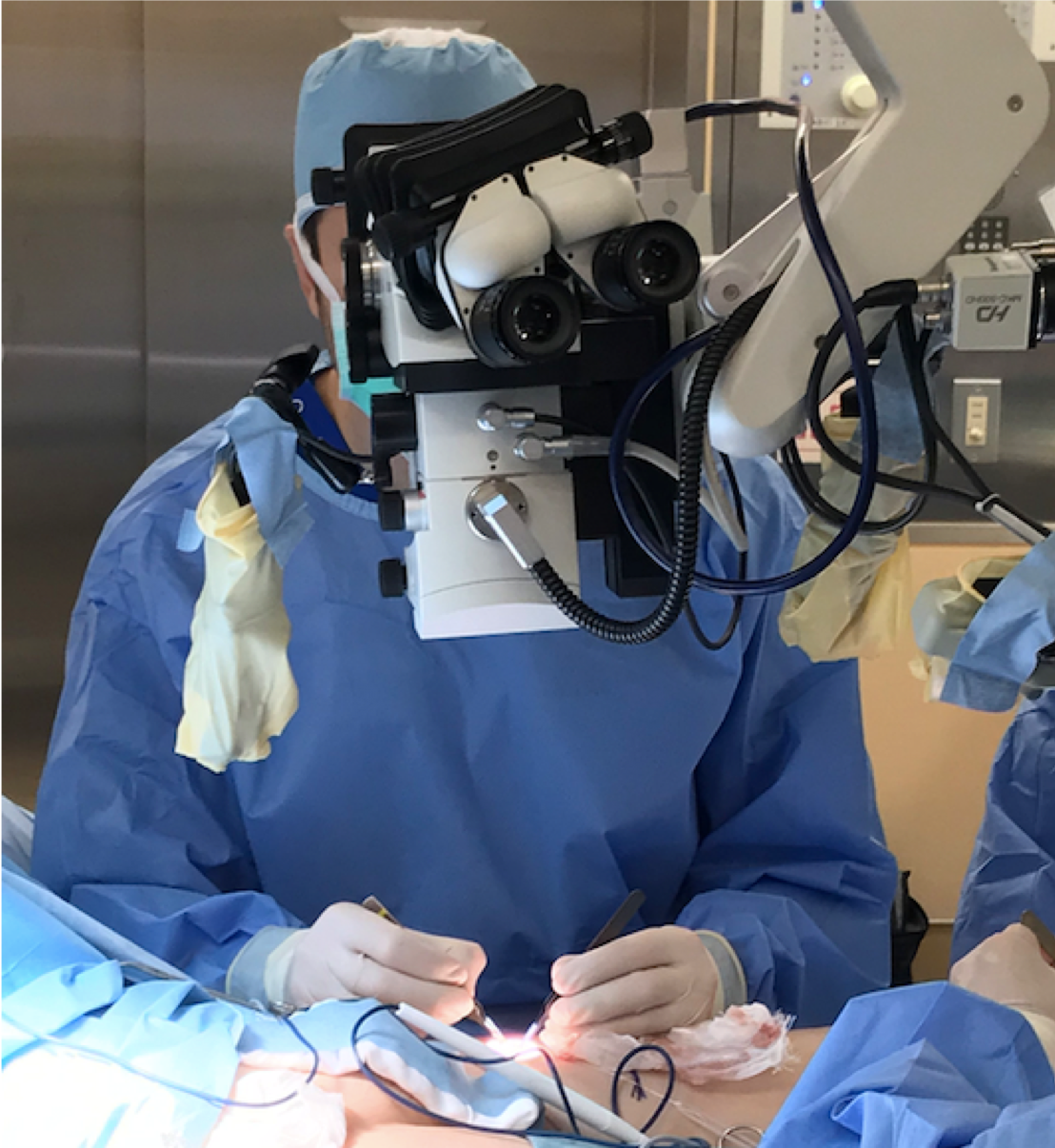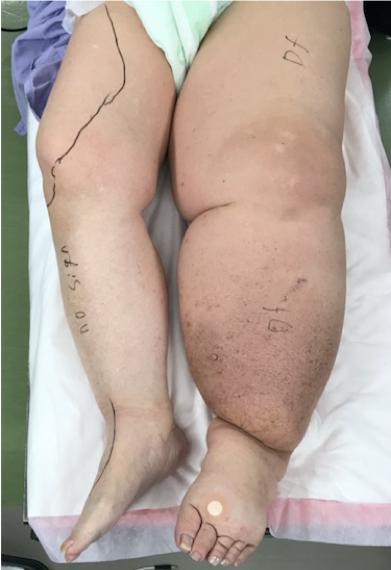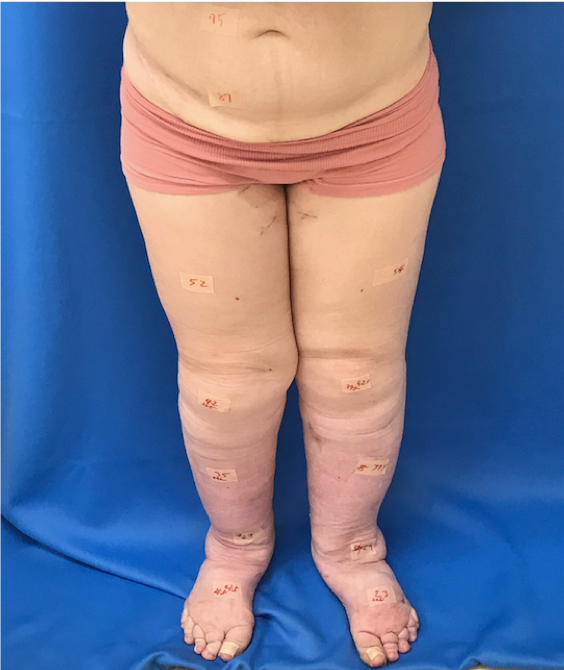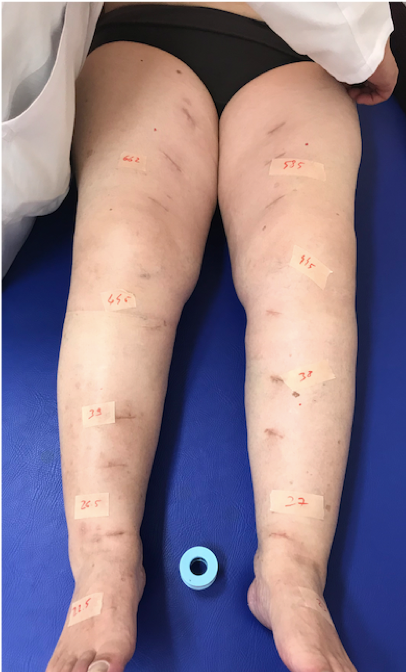 Lymphedema may seem at first sight to be a simple swelling or edema of a part of the body. In reality it is a complex and increasing disease, which involves a swelling due to the accumulation of lymph in soft tissues which, if not treated in a suitable manner, will not diminish but will lead to a constant increase in the size of the affected part, creating much discomfort in the quality of life of the affected patient.
Lymphedema may seem at first sight to be a simple swelling or edema of a part of the body. In reality it is a complex and increasing disease, which involves a swelling due to the accumulation of lymph in soft tissues which, if not treated in a suitable manner, will not diminish but will lead to a constant increase in the size of the affected part, creating much discomfort in the quality of life of the affected patient.
This pathology can affect different parts of the body: the arms, following an operation and/or radiation therapy for breast cancer or a leg, in the case of surgery and/or radiotherapy to the inguinal lymph nodes for gynecological or prostate tumors, or affect any district in which there is export of lymph nodes, obstruction of lymphatic channels or the presence of infections such as lymphangitis or erysipelas. The causes of lymphedema do not depend only on surgery. In fact two types of lymphedema can be distinguished: Primary (or congenital) and Secondary (acquired during the course of life)
Lymphedema is a disease with subtle onset and progressive chronicity with significant symptomatic and clinical deterioration.
In recent years, contrary to what was believed in the past, a surgical technique has been described that can significantly improve, in some cases, the signs and symptoms associated with lymphedema.
This surgical technique, also called Super-Microsurgery, consists of creating a bypass between the lymphatic vessels and the peripheral venous system, so as to partially reconstitute the lymphatic drainage pathway.
This results in many cases in the reduction of swelling in the affected region, together with an improvement in correlated pain symptoms.

This surgery requires specific preparation and, therefore, is performed in a few specialized centers. A fundamental role is also covered by the compression and fiotherapy, pre and post-operative.


